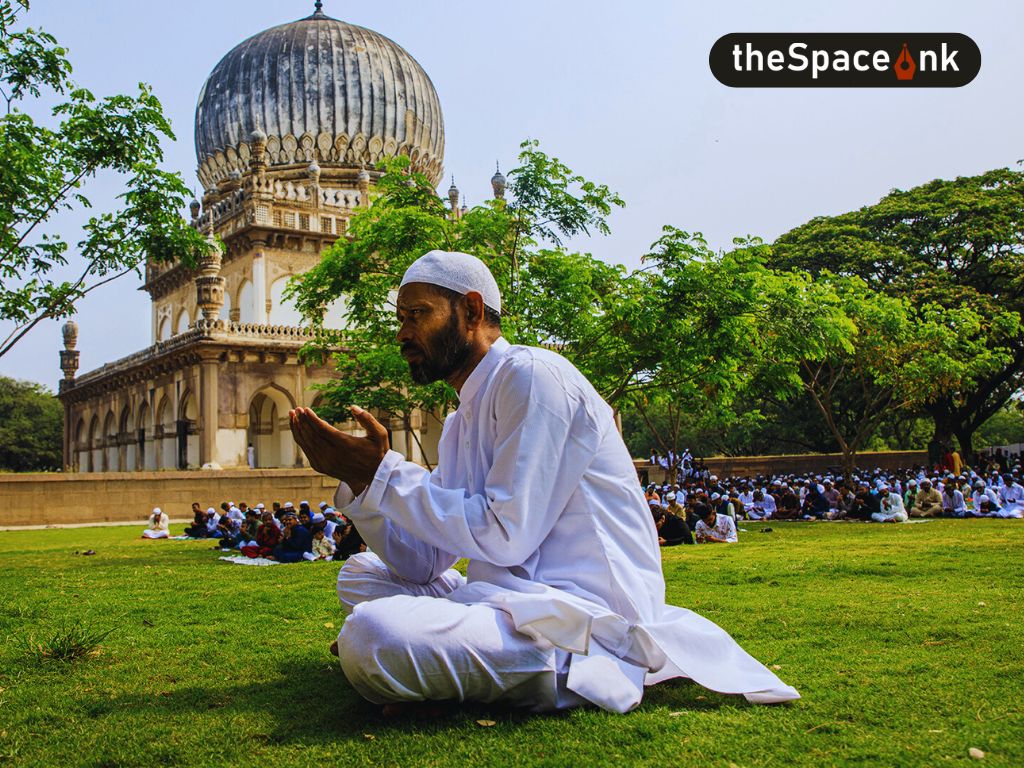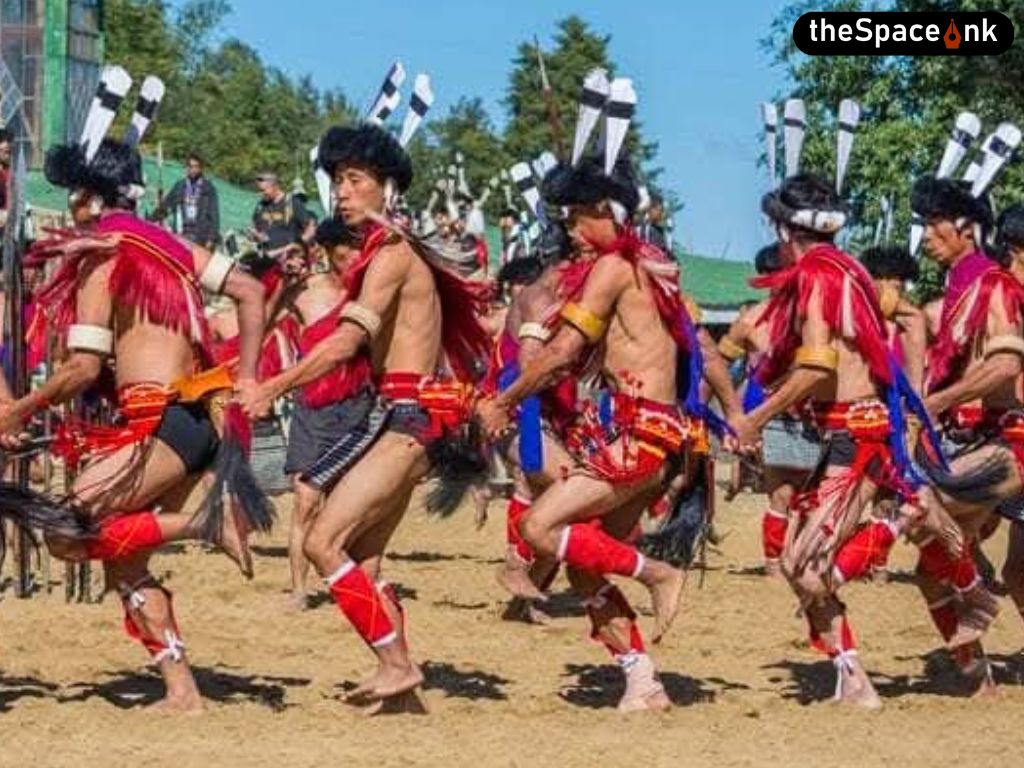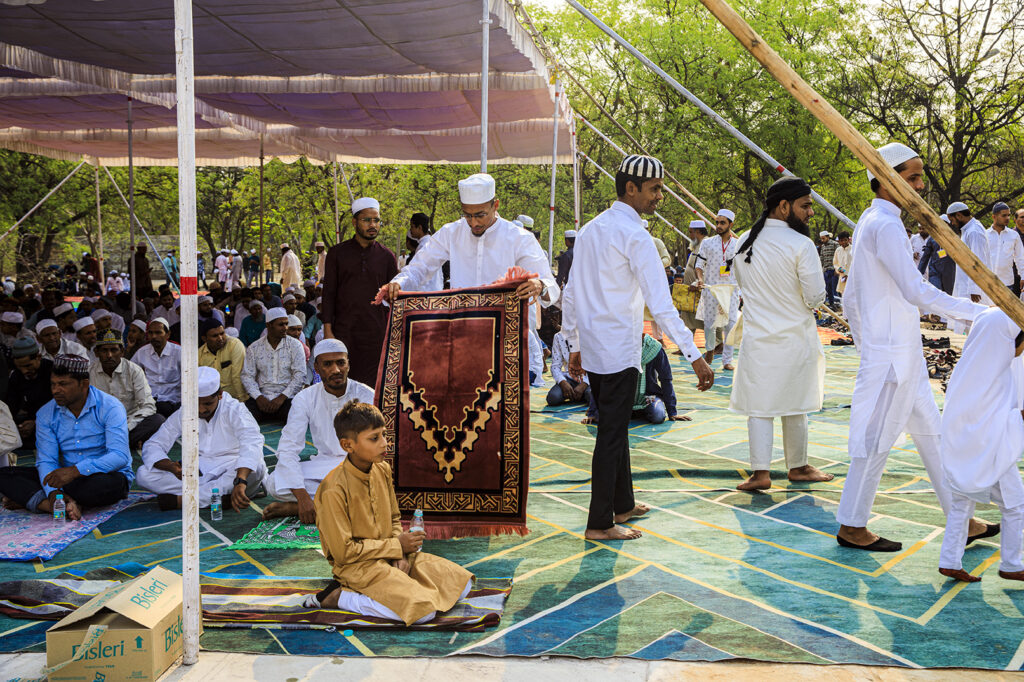
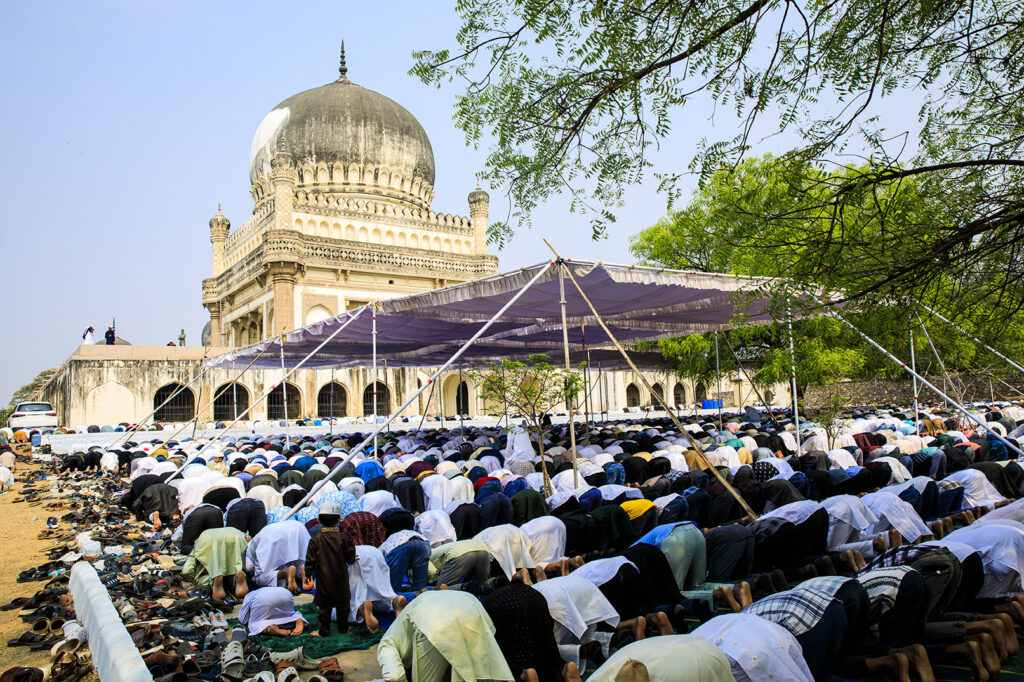
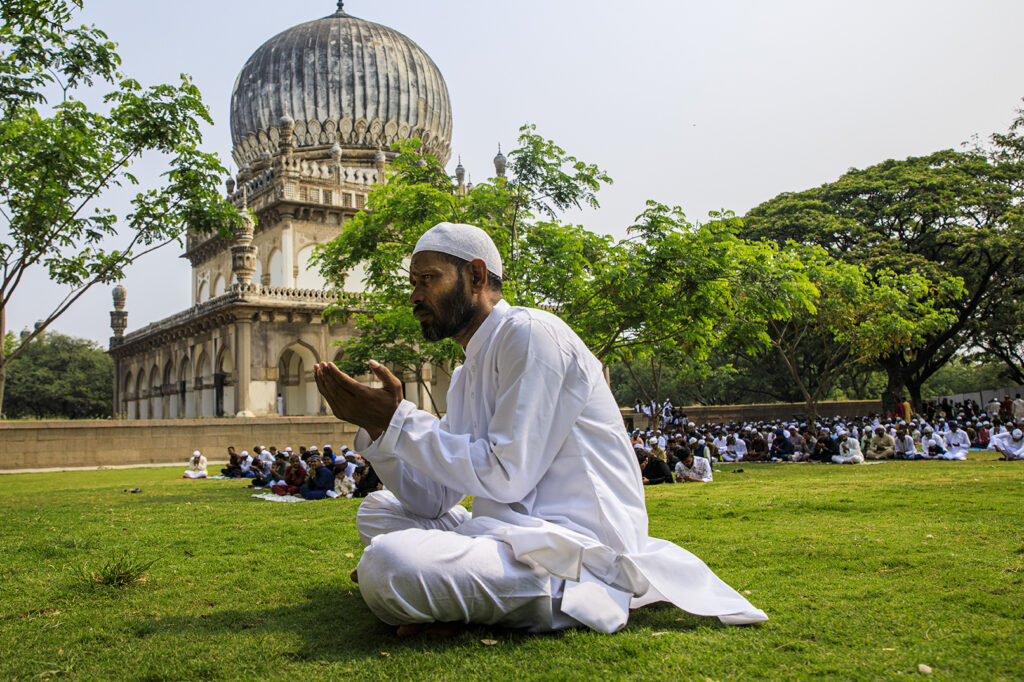

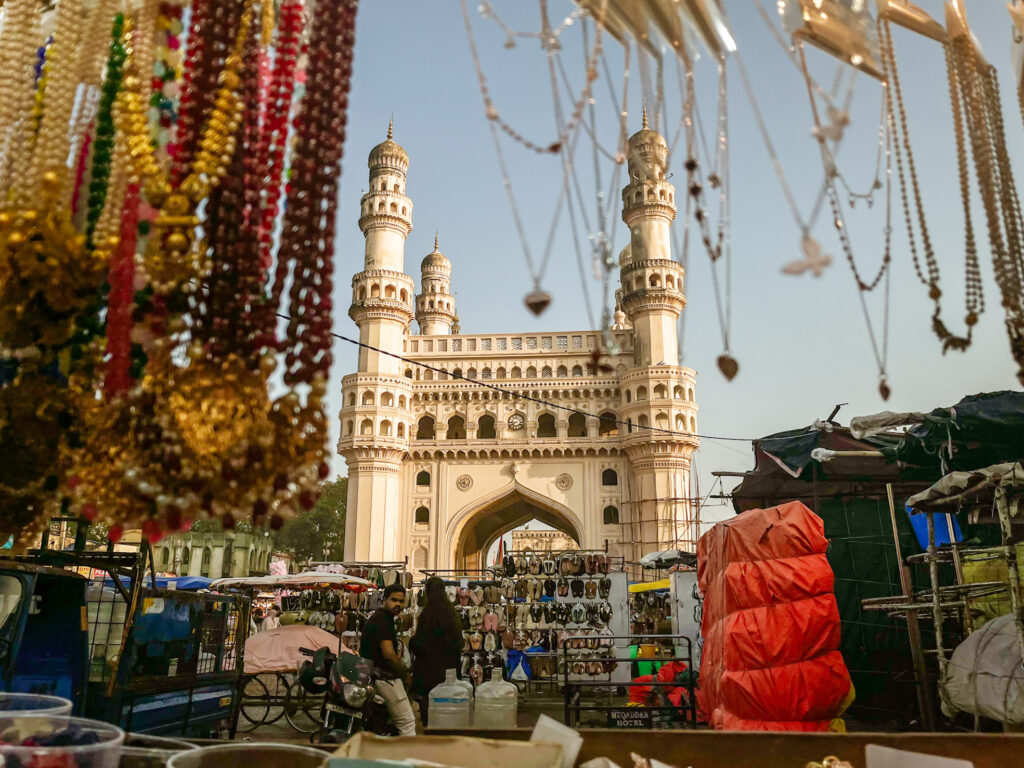
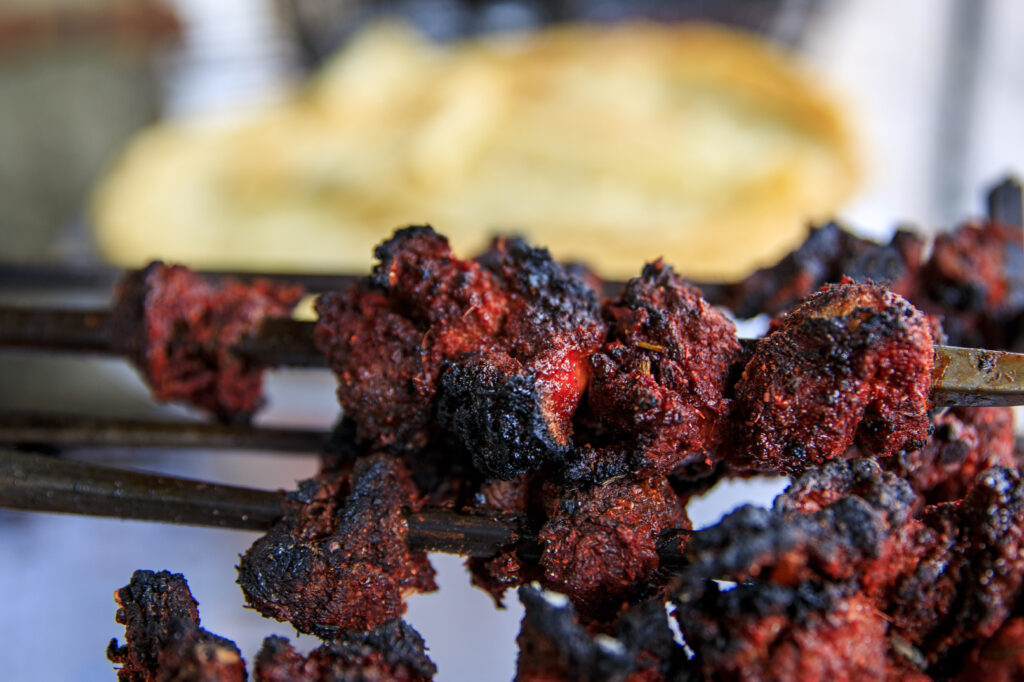
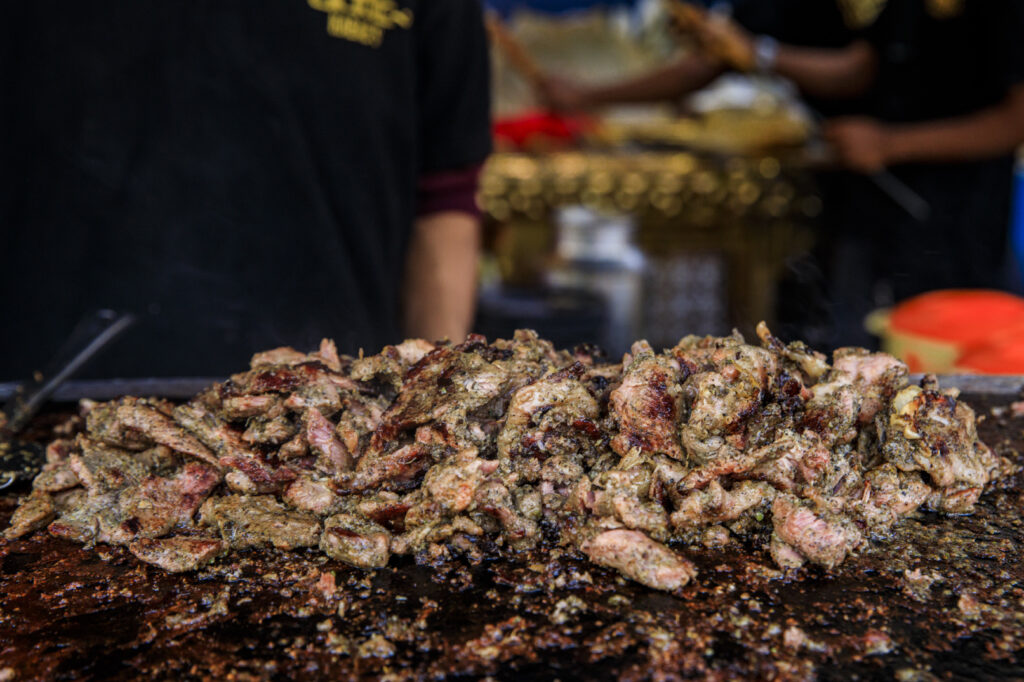
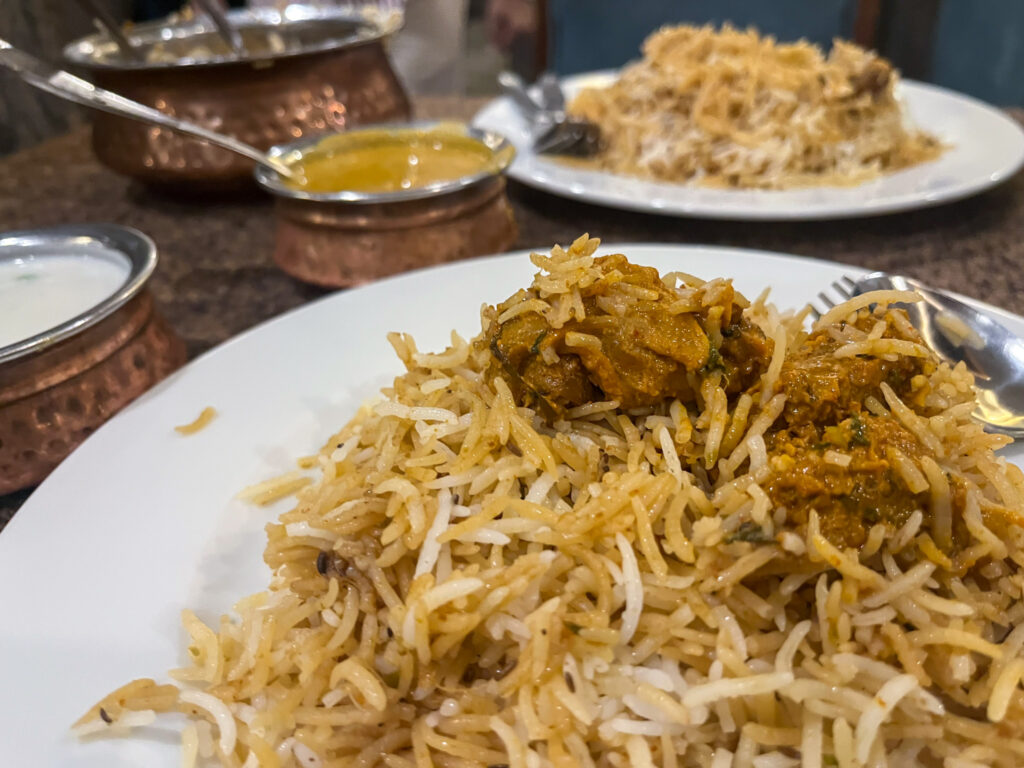
Eid-ul-Adha, also known as Bakr-e-Eid, is one of the most significant Islamic festivals, celebrated with devotion, generosity, and communal harmony. Observed on the 10th day of Dhul Hijjah, the final month of the Islamic lunar calendar, this festival commemorates the unwavering faith of Prophet Ibrahim (Abraham) and his willingness to sacrifice his son in obedience to Allah’s command. In Hyderabad, the festival is marked by grand prayers, vibrant markets, and a feast that showcases the city’s rich culinary heritage. (Eid-ul-Adha)
Significance of Eid-ul-Adha
Eid-ul-Adha, or the “Festival of Sacrifice,” is deeply rooted in Islamic tradition. It honours the story of Prophet Ibrahim, who was commanded by Allah to sacrifice his beloved son, Ismail. Just as Ibrahim was about to carry out the sacrifice, Allah replaced Ismail with a ram, signifying that devotion and obedience are more important than the act itself. This event is commemorated through the ritual of Qurbani, where Muslims sacrifice an animal—typically a goat, sheep, or buffalo—and distribute the meat among family, friends, and the less fortunate.
The festival is not just about sacrifice but also about charity, humility, and gratitude. It serves as a reminder to share blessings with those in need and strengthen bonds within the community.
Religious Observance and Prayer
The day begins with a special congregational prayer, known as the Eid Salah, held at mosques and open grounds across Hyderabad. Thousands of worshippers gather at iconic locations such as Mecca Masjid, Mir Alam Eidgah, and Qutb Shahi Tombs Eidgah to offer prayers and seek blessings. The sermon emphasizes the values of sacrifice, obedience, and compassion, reinforcing the spiritual essence of the festival.
Following the prayer, families proceed with the ritual of Qurbani. The meat is divided into three portions—one for the family, one for relatives and friends, and one for the underprivileged, ensuring that everyone partakes in the joy of Eid.
Celebration and Festivities in Hyderabad
Hyderabad, known for its rich cultural heritage, celebrates Eid-ul-Adha with grandeur. The city comes alive with bustling markets, festive shopping, and elaborate feasts.
Shopping for Eid
Preparations for Eid begin weeks in advance, with families flocking to markets to buy new clothes, accessories, and gifts. Laad Bazaar, Pathergatti, and some specific pop-up markets are among the busiest shopping hubs, offering embroidered sarees, sherwanis, perfumes, and traditional Hyderabadi jewellery. The excitement is palpable as people select outfits for the occasion, ensuring they look their best for the celebrations.
The sheep markets in Jiyaguda and Golnaka witness a surge in activity as traders from across India arrive to sell sacrificial animals. Prices vary based on weight, health, and breed, with temporary markets set up citywide to meet the growing demand.
The Culinary Extravaganza
No Eid celebration is complete without a lavish feast, and Hyderabad’s culinary traditions shine during Bakr-e-eid.
Kebabs and Naan
The festival also features an array of succulent kebabs, including Shikampuri Kebabs, Seekh Kebabs, and Patthar Ka Gosht, a unique Hyderabadi delicacy where marinated meat is cooked on a hot stone. These dishes are best enjoyed with freshly baked naan, which is soft, fluffy, and perfect for scooping up rich gravies.
Biryani: The Crown Jewel
Hyderabadi Mutton Biryani is the undisputed star of the Eid feast. Prepared with fragrant basmati rice, marinated mutton, saffron, and a blend of aromatic spices, this dish is slow-cooked to perfection in the traditional dum style. Served with mirchi ka salan and raita, biryani is a symbol of abundance and hospitality.
Community and Charity
Eid-ul-Adha is not just about feasting; it is also a time for giving. Many families donate a portion of their Qurbani meat to orphanages and shelters, ensuring that the less fortunate can partake in the festivities. Additionally, charitable organizations in Hyderabad organize food distribution drives, reinforcing the festival’s message of compassion and unity.
Conclusion
Eid-ul-Adha in Hyderabad is a beautiful blend of faith, tradition, and festivity. From the solemn prayers at historic mosques to the bustling markets and extravagant feasts, the city embraces the spirit of sacrifice and generosity. As families come together to celebrate, the festival serves as a reminder of the values of devotion, charity, and communal harmony.
Whether it’s the aroma of biryani wafting through the streets or the joyous greetings of Eid Mubarak, Hyderabad’s Bakr-e-Eid celebrations are a testament to the city’s rich cultural tapestry.
(Eid-ul-Adha)
By day, Amlan Chakraborty a technical architect in IT; by passion, he's an explorer, travel writer and photographer. During his travels, he savors the journey on foot or via public transport, immersing himself in the local culture at street food joints and book corners. Through his lens, he captures and shares the essence of nature, humanity, and cultural and socio-political moments.


